From Sept. 20 to Nov. 22, 2020, the 18th edition of the Biennale Donna will be held in Ferrara: this year, the traditional exhibition will focus on photography, with a show entitled Attraversare l’immagine. Women and Photography between the 1950s and the 1980s, curated by Angela Madesani, in the spaces of Palazzina Marfisa d’Este. The exhibition presents the works of 13 Italian and international female photographers: Paola Agosti, Diane Arbus, Letizia Battaglia, Giovanna Borgese, Lisetta Carmi, Carla Cerati, Françoise Demulder, Mari Mahr, Lori Sammartino, Chiara Samugheo, Leena Saraste, Francesca Woodman and Petra Wunderlich.
The project is part of the reflection thatUDI - Unione Donne in Italia has been dedicating to women’s creativity in all its forms and languages since 1984. After the exhibitions that have presented some of the most relevant female artists on the international scene, most recently Ketty La Rocca (2018), Attraversare l’immagine aims to investigate the world of female photography, highlighting its most original strands of research.
In recent years, there have been several exhibitions on women’s photography, but often the exhibitions have not emphasized the differences between different areas of research. Instead, Crossing the Image wants to focus on women photographers active in a period of political and social engagement that was portant in the history of the twentieth century, a century characterized by major changes in which women were protagonists.
The exhibition opens with anthropologically based research from the late 1950s to the 1960s, which marked the start of significant struggles in the name of radical change in culture and society, for the achievement of individual freedoms and democratic gains. Achievements that the 1970s would go to extremes, animating, against a backdrop of dramatic conflicts, the relationship between politics and culture. The 1980s then constituted the moment of reflux: the great battles waged for civil rights, for the emancipation of the social classes, of women, of the marginalized, flowed toward different ways of sensing existence, supplanting the collective practices, of which art and photography had become interpreters, in favor of a more individual feeling. Women photographers have been able to register these changes, focusing their gaze on burning issues related to the social, anthropological heritage, and psychological spheres.
The exhibition opens with the work of Diane Arbus (New York, 1923 - Greenwich Village, 1971), one of the most interesting artists of the second half of the 20th century, whose research acted as a hinge, a turning point, to what had been done in the field of images up to that time. Her photographs have as their subject parallel worlds to normality, worlds denied, which Arbus succeeds in recounting in its truth and rawness, going so far as to make some of the most iconic photographs of our time.
Continuing in the exhibition itinerary, there are two works that we could place in the sphere of traditional photojournalism, with a clear propensity for social and anthropological investigation. By Chiara Samugheo (Bari, 1935), some photographs of neorealist scope, part of the series dedicated to the Salento tarantate women of the late 1950s. By Lori Sammartino (1924 - 1971), photographs from La domenica degli italiani, a 1961 volume, accompanied by a text by Ennio Flaiano, that recounts a simple Italy in the years before the economic boom. Present will be a selection of works from Morire di classe by Carla Cerati (Bergamo, 1926 - Milan, 2016), published in 1969 with Gianni Berengo Gardin for Einaudi. One of the artist’s most significant and well-known researches, which contributed to changing the asylum situation in our country.
Of great strength are the images of Letizia Battaglia (Palermo, 1935), who in sixty years of research has investigated criminal power, arrogance and corruption in Sicily, of which a series of photographs dedicated to the world of women are exhibited. The exhibition also features reflections devoted to non-European worlds: two war reportages set in Lebanon and Cambodia by France’s Françoise Demulder (Paris, 1947 - 2008), the first woman to win in 1977 the World Press Photo, the world’s most prestigious photographic prize; while by Finland’s Leena Saraste (Helsinki, 1942), images dedicated to the human and architectural “ruins” of the Israeli-Palestinian conflict of the early 1980s are presented. Committed to documenting the changing condition of women is Paola Agosti (Turin, 1947), among the sharpest Italian photojournalists, whose intense reportage on apartheid made in South Africa in the 1980s is presented.
Linked to the Genoese world of the port is the valuable investigation by Lisetta Carmi (Genoa, 1924): a research in which man, landscape, and architecture play equivalent roles. Also dedicated to the world of industry, at the moment of its transformation, are the participatory shots of Giovanna Borgese (Milan, 1939), in which the protagonists are workers and strikers (as well as abandoned buildings, true examples of industrial photography). Petra Wunderlich ’s (Gelsenkirchen, 1954) purely architectural research crosses the boundaries between genres and themes, opening up new scenarios. Her works investigate the landscape of man, and especially those on display in the exhibition recount details of religious buildings between Germany and Belgium. By Mari Mahr (Santiago, Chile, 1941), an Anglo-Hungarian photographer, born in Chile to Hungarian Jewish parents, is the refined series, literary and artistic in nature, dedicated to Lili Brik, the Russian writer, artist, actress, companion and muse of Vladimir Majakovsky. The exhibition closes with a small selection of works by Francesca Woodman (Denver, 1958 - New York, 1981), an artist who has worked on women’s discomfort, her own, creating images of great strength and poetry.
The exhibition is organized by the UDI Women’s Biennial Committee (composed of Lola G. Bonora, Silvia Cirelli, Ada Patrizia Fiorillo, Catalina Golban, Elisa Leonini, Anna Quarzi, Ansalda Siroli, Dida Spano, and Liviana Zagagnoni) and the Gallerie d’Arte Moderna e Contemporanea, with the support of the Emilia-Romagna Region and the patronage of the Ministry of Culture, Art and Tourism and with the support of Assicoop, Coop Alleanza 3.0 and Copma. A bilingual Italian and English catalog with texts by Angela Madesani and Francesca Pasini will be published on the occasion of the exhibition. Below is a selection of photographs in the exhibition.
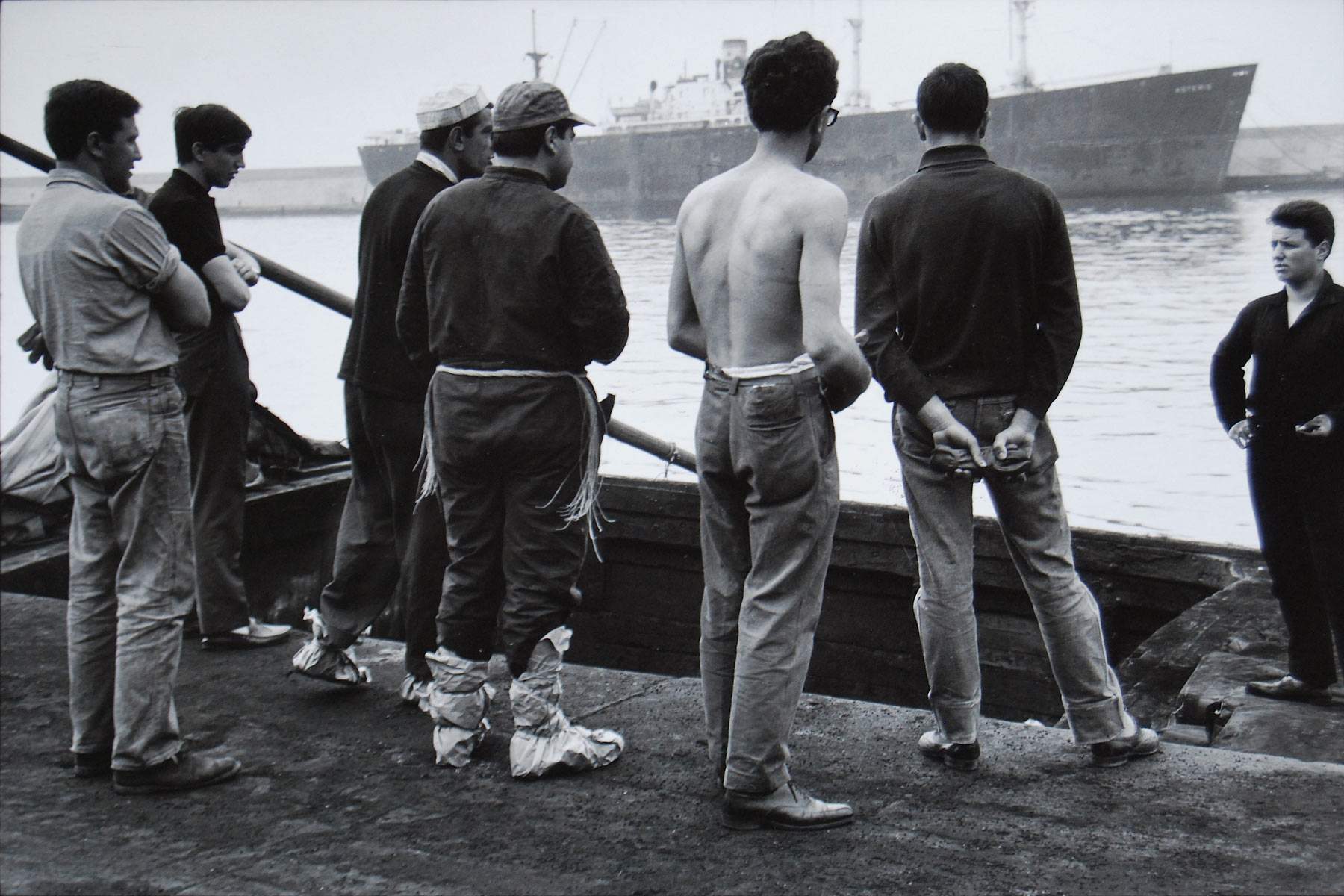 |
| Lisetta Carmi, Port of Genoa (1964) |
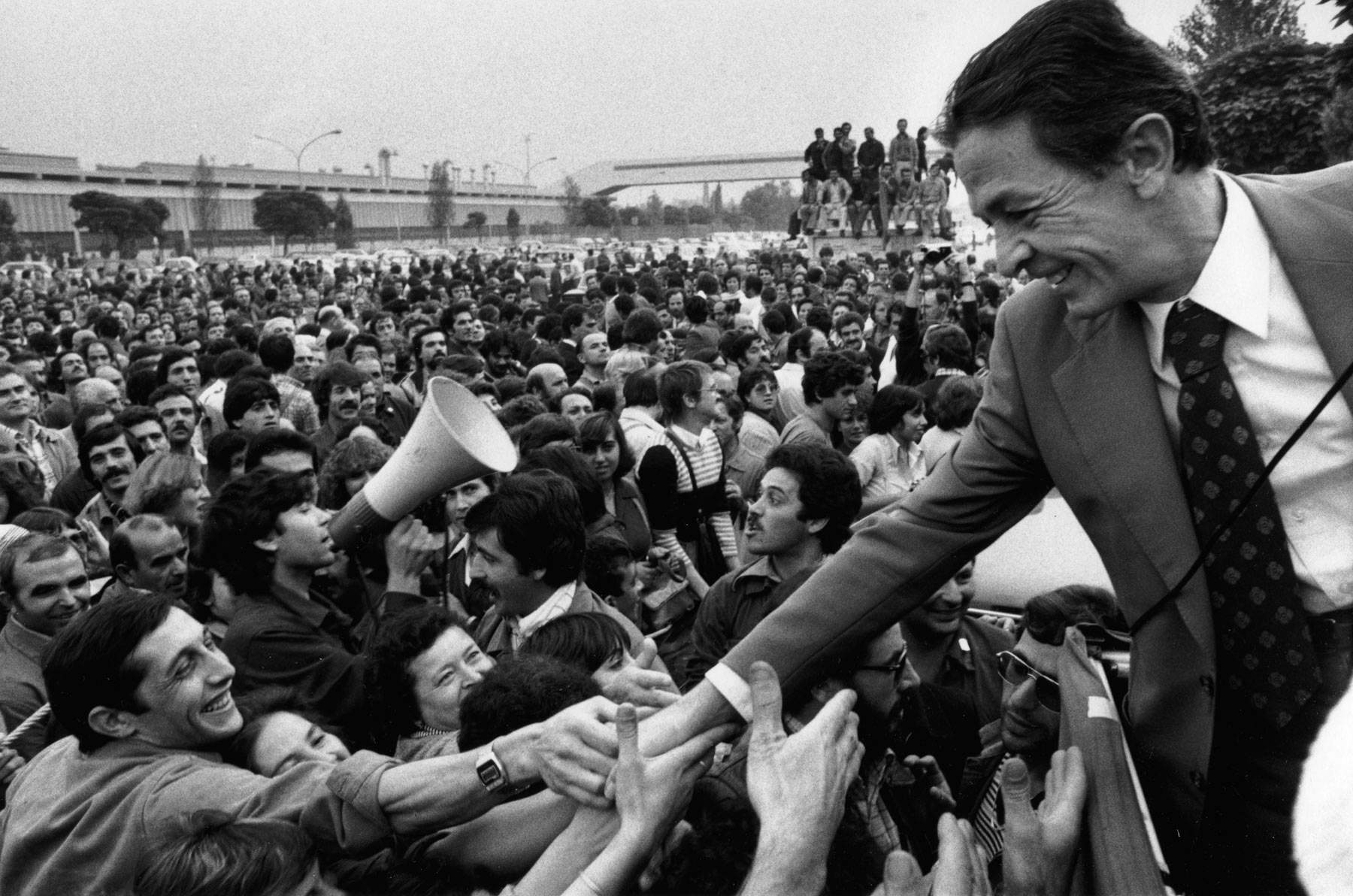 |
| Giovanna Borgese, Berlinguer at Fiat (1980) |
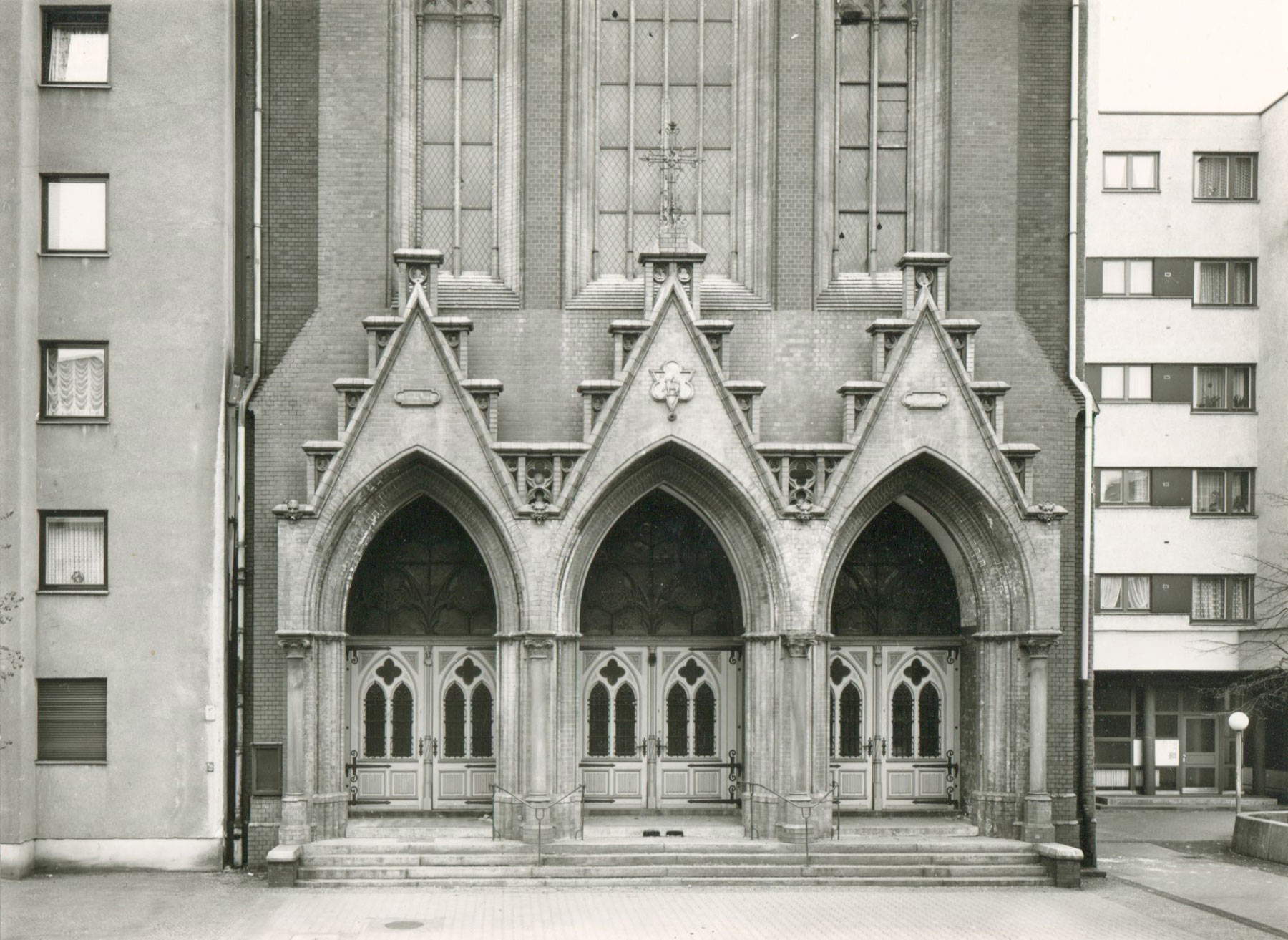 |
| Petra Wunderlich, Berlin (1982) |
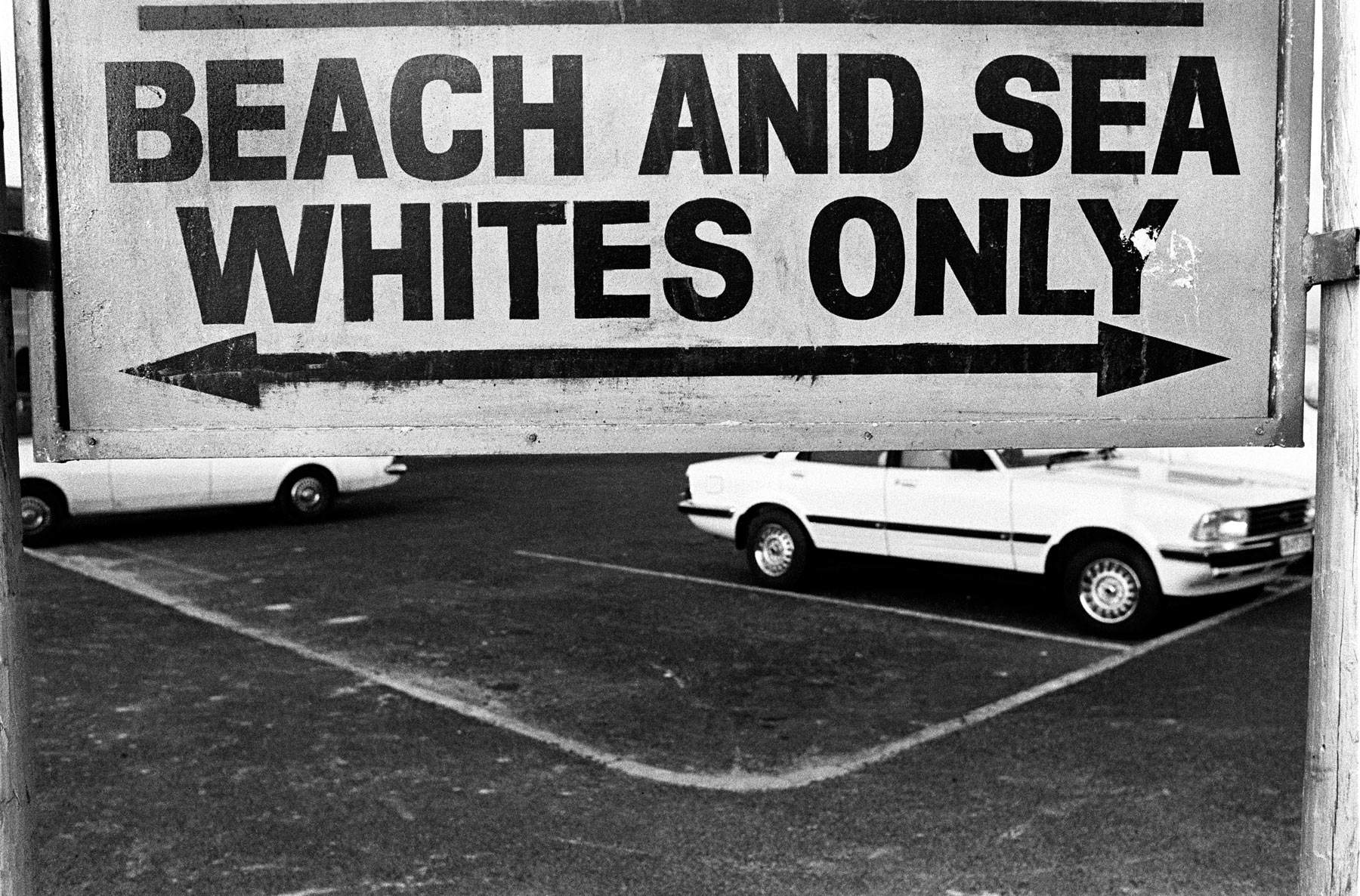 |
| Barbara Agosti, Cape Town, South Africa (1983) |
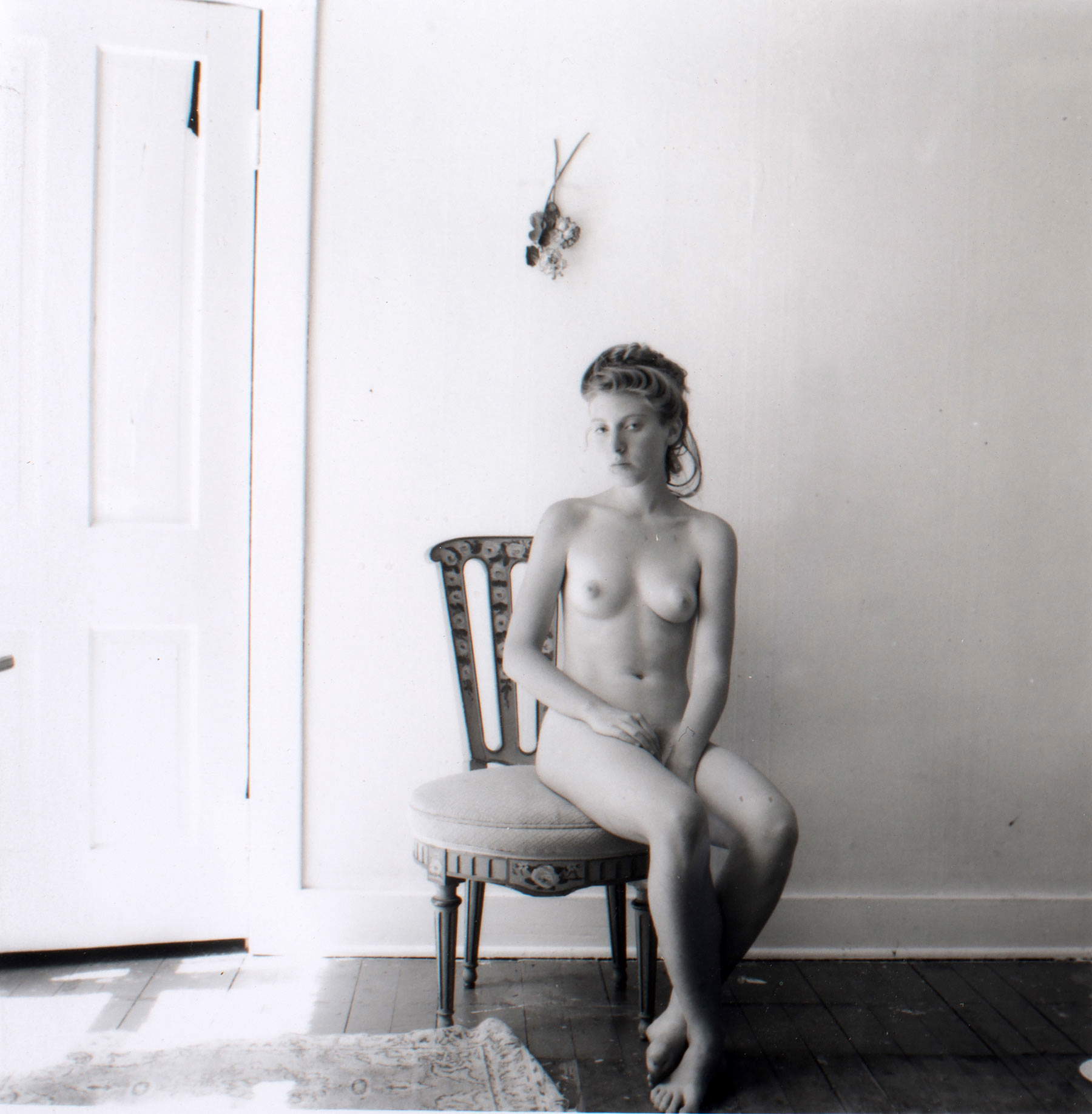 |
| Francesca Woodman, Providence, Rhode Island (1979-1980). |
 |
| From Letizia Battaglia to Francesca Woodman, leading women photographers of the 1950s, '60s and '70s on display in Ferrara |
Warning: the translation into English of the original Italian article was created using automatic tools. We undertake to review all articles, but we do not guarantee the total absence of inaccuracies in the translation due to the program. You can find the original by clicking on the ITA button. If you find any mistake,please contact us.